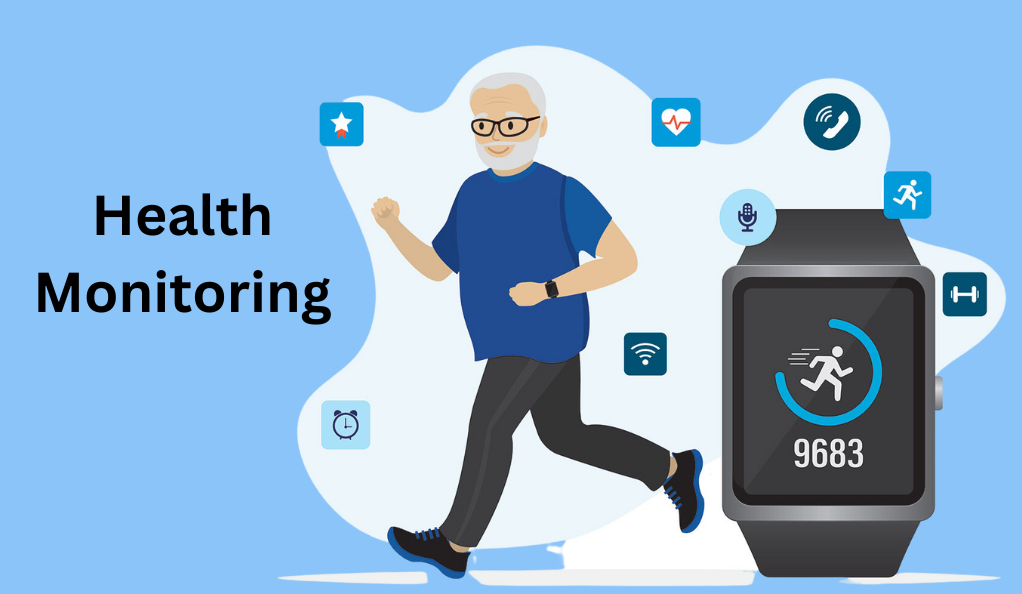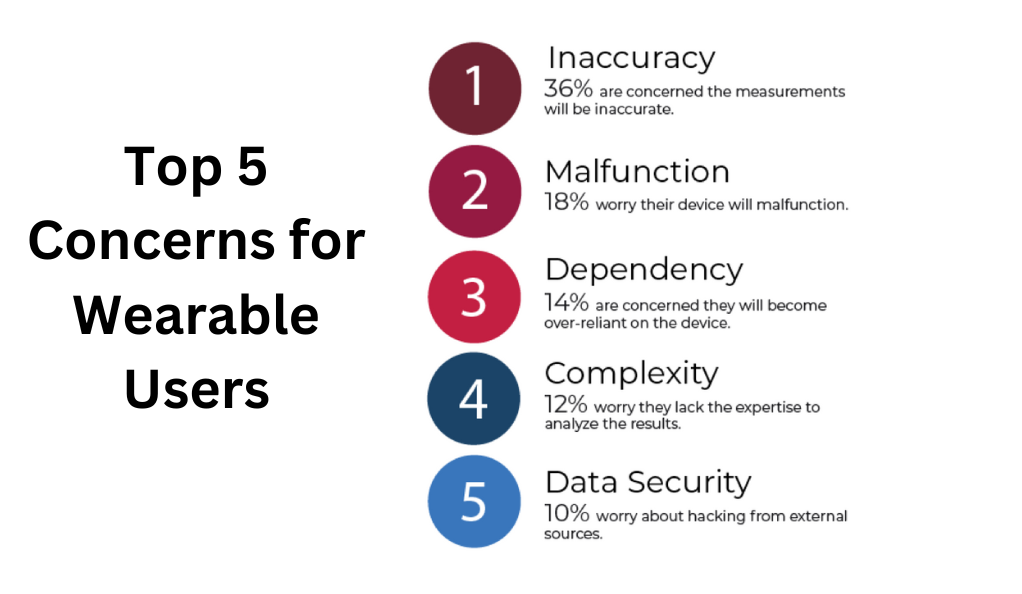Wrist to Wellness: The Latest in Fitness Wearable Innovations
Fitness wearables have come a long way from simple step counters. Today, they encompass a broad range of technologies designed to monitor, guide, and enhance our health and fitness journey. From tracking sleep patterns to monitoring heart rates, these devices are at the forefront of personal health technology. As the demand for personalized health data has grown, so has the sophistication and capabilities of these wearables, making them an indispensable tool for many in their daily lives.
The Evolution of Fitness Wearables

- The Early Days
The initial phase of fitness wearables was dominated by pedometers and basic heart rate monitors. Their primary function was to count steps and measure heart rate during workouts. These rudimentary devices laid the foundation for the multifunctional wearables we see today. - Smartwatches Take Over
With the advent of smartwatches, the capabilities of wearables expanded. They began to incorporate features like GPS tracking, sleep monitoring, and even stress measurement. These devices bridged the gap between fitness trackers and smartphones, offering a seamless integration of health, communication, and entertainment.
Advanced Health Metrics
Modern wearables now offer a plethora of health metrics. From monitoring oxygen levels in the blood to detecting irregular heart rhythms, these devices provide insights that were once only available in medical settings. The ability to have these metrics at one’s fingertips has revolutionized personal health monitoring, allowing individuals to be more proactive about their well-being.
Integration with Telemedicine
With the rise of telemedicine, wearables now play a crucial role in remote patient monitoring. Doctors can access real-time data from patients, leading to more informed and timely decisions. This integration has not only streamlined medical consultations but also reduced the need for frequent in-person visits, making healthcare more accessible and efficient.
Personalized Fitness Coaching
- AI-driven Insights
Many wearables now come with AI-driven insights that analyze your data and provide personalized fitness advice. This tailored approach ensures that users get the most out of their workouts, optimizing results based on individual needs and goals. - Virtual Trainers
Some advanced wearables offer virtual trainers that guide users through workouts, ensuring correct form and intensity. These virtual coaches provide real-time feedback, making home workouts as effective as gym sessions.
Mental Health and Wearables
Beyond physical health, wearables are now venturing into the realm of mental well-being. Features like stress detection, meditation guides, and mood tracking are becoming standard in top-tier devices. As mental health gains more attention globally, the integration of these features in wearables underscores the importance of holistic well-being.
Battery Life and Sustainability
As wearables become more advanced, manufacturers are focusing on extending battery life and promoting sustainability through recyclable materials. Longer battery life means users can track their health metrics continuously without frequent charges. At the same time, the push for sustainability ensures that the tech industry plays its part in environmental conservation.
Future of Fitness Wearables
The future holds exciting possibilities, from wearables that can detect dehydration to those that offer UV exposure warnings. The integration of augmented reality (AR) and virtual reality (VR) in fitness routines is also on the horizon. As technology continues to advance, the line between reality and virtual fitness experiences will blur, offering users immersive and innovative ways to stay fit.
Challenges and Concerns
While wearables offer numerous benefits, they also come with challenges. Data privacy, accuracy of readings, and over-reliance on technology are areas of concern that manufacturers and users must address. Ensuring that these devices are used as supplementary tools rather than replacements for professional medical advice is crucial.

Conclusion
Fitness wearables have transformed the way we approach health and wellness. As technology continues to evolve, we can expect even more innovative features that cater to our holistic well-being. Embracing these advancements will not only enhance our fitness routines but also improve our overall quality of life.
FAQs
Fitness wearables have improved in accuracy over the years. However, while they provide a good estimate, they may not always be 100% accurate. It’s always best to consult with a healthcare professional for precise readings. Factors like device placement, skin tone, and external interferences can sometimes affect the readings. Regular calibration and updates can help in maintaining accuracy.
Some advanced wearables can detect irregular heart rhythms or falls, which can be indicative of certain conditions. However, they should not replace regular medical check-ups. It’s essential to understand that while these devices provide valuable insights, they are not diagnostic tools. Any unusual readings should be discussed with a healthcare provider.
Many wearables now offer features like stress detection, guided breathing exercises, and sleep tracking, which can provide insights into one’s mental health and offer tools to improve it. By monitoring these metrics, individuals can identify triggers and patterns, helping them make informed decisions about their mental health. Additionally, reminders and prompts from these devices can encourage users to take breaks and practice mindfulness.
Yes, there are wearables designed for all age groups, from kids to seniors. However, it’s essential to choose a device appropriate for the user’s needs and capabilities. For children, parental controls and limited features might be preferable, while seniors might benefit from fall detection and larger display screens.
Always check the privacy settings on your device and the associated app. Opt-out of data sharing when possible and regularly update your device’s software to ensure maximum security. Manufacturers are continually working on enhancing data encryption and security protocols. It’s also advisable to read the terms and conditions and understand how your data is used and stored.
